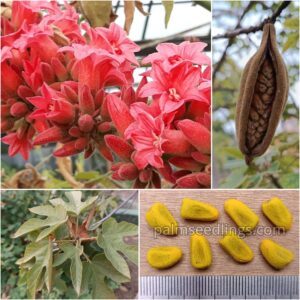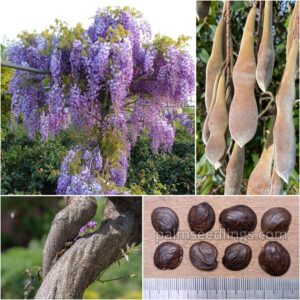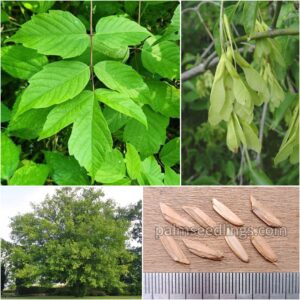Menu
3,00 € – 40,00 €
Product Details
Leucaena leucocephala, commonly known as the White Leadtree, is a fast-growing and versatile tree species valued for its nitrogen-fixing properties, rapid growth, and multiple uses. Native to Central America, this tree has been widely introduced to various tropical and subtropical regions for agroforestry, erosion control, and as a forage crop.
-Germination Time: Fast
-Germination Difficulty: Easy
-Growth speed: Fast/Medium
Select Quantity
*Shipping cost is calculated automatically in the cart after adding the products.
Click here to learn about how we ship; packaging, shipping price, delivery time and more.
coming soon
| Weight | N/A |
|---|---|
| Quantity | 10 Seeds, 100 Seeds, 1.000 Seeds |




All rights reserved PalmseedlingsⓇ 2025.